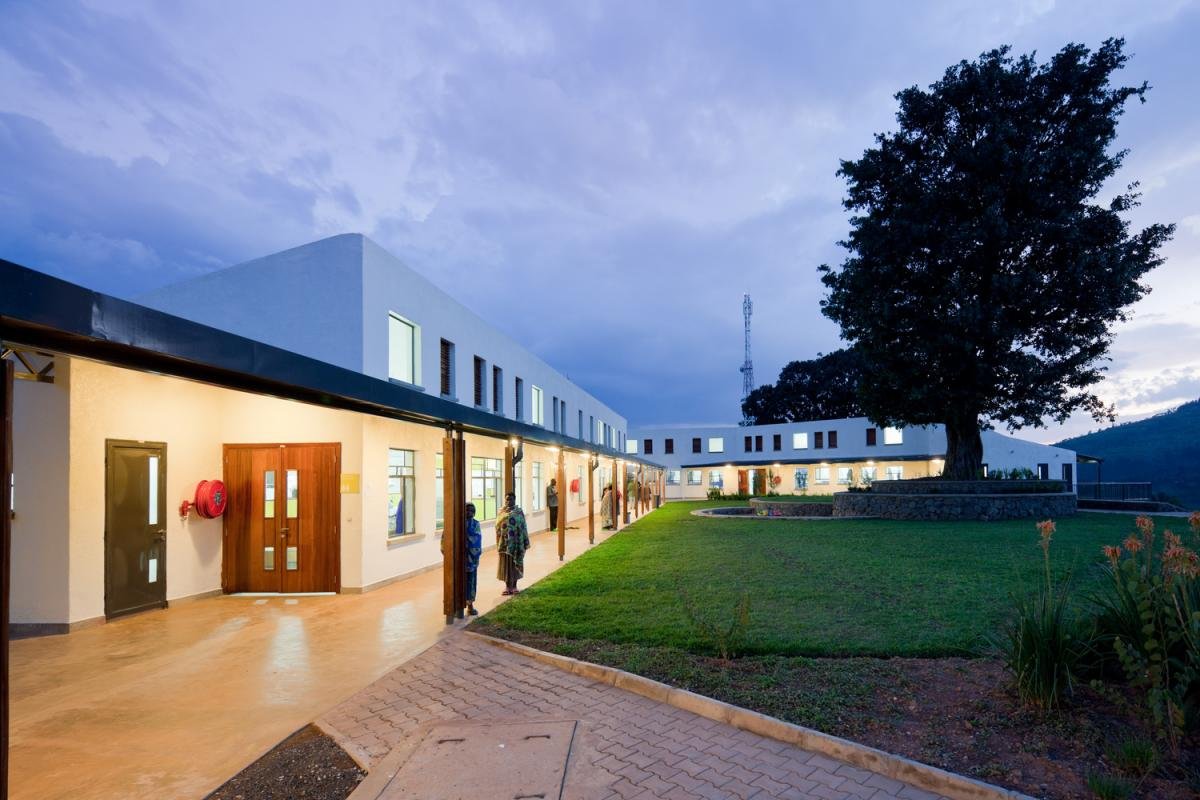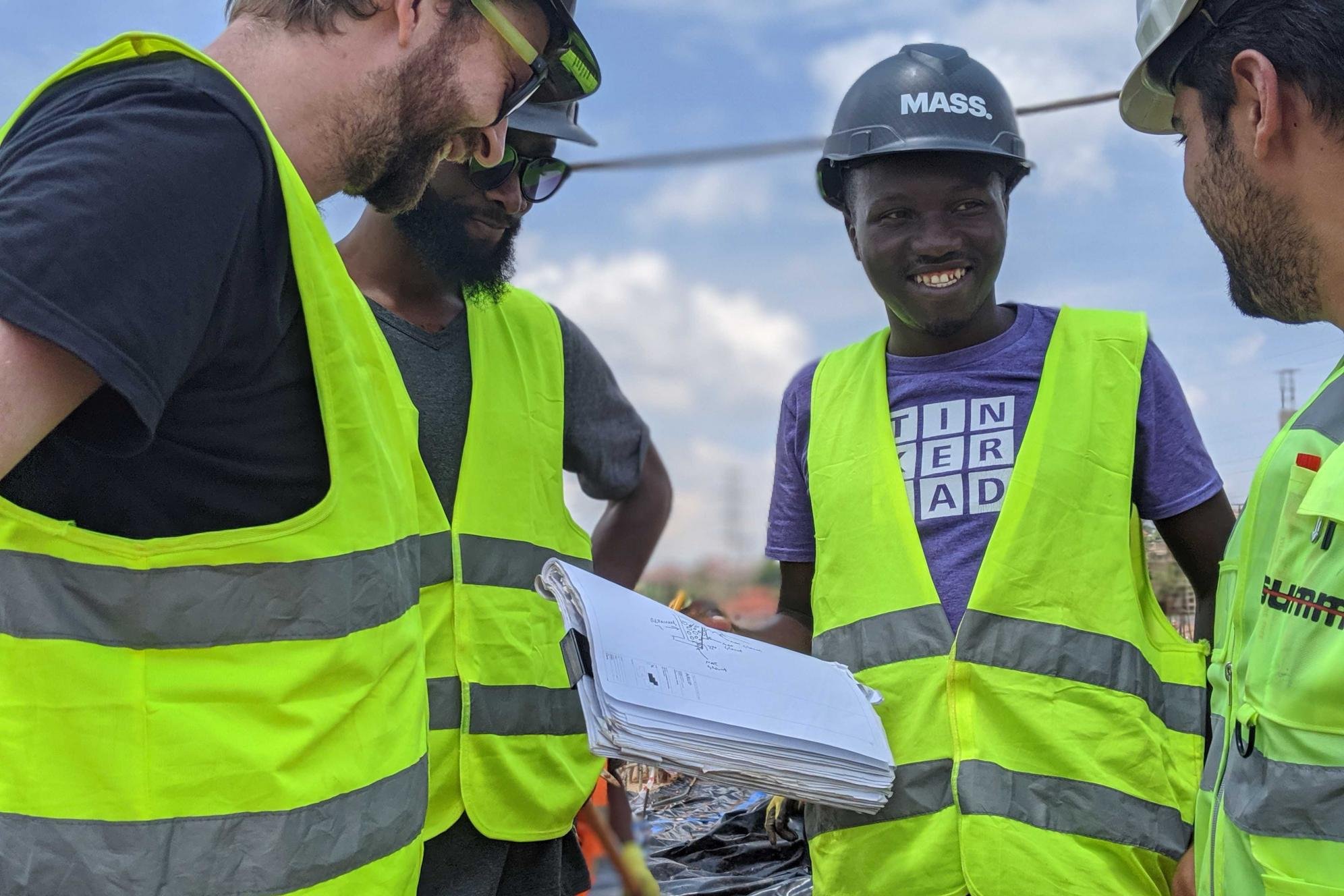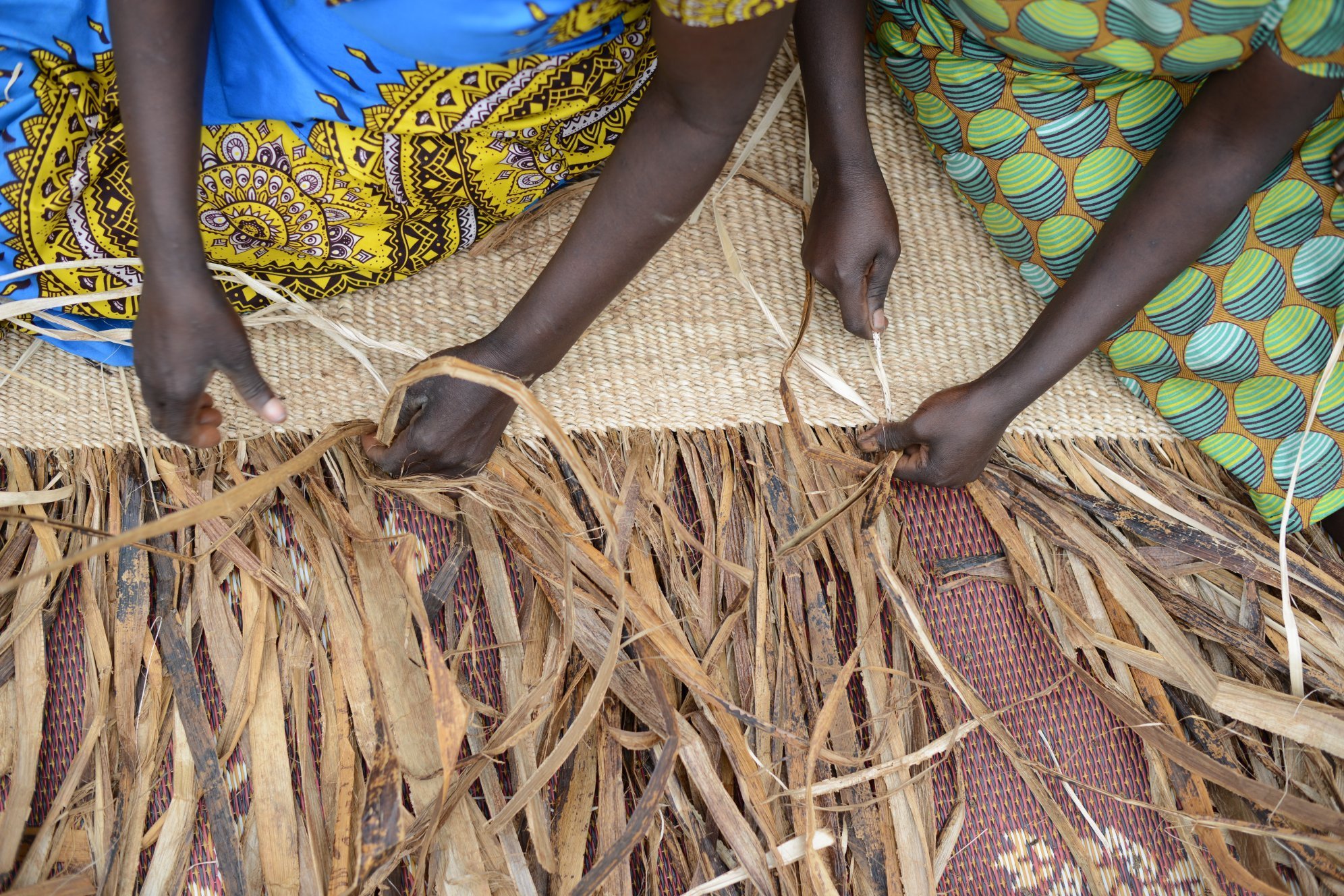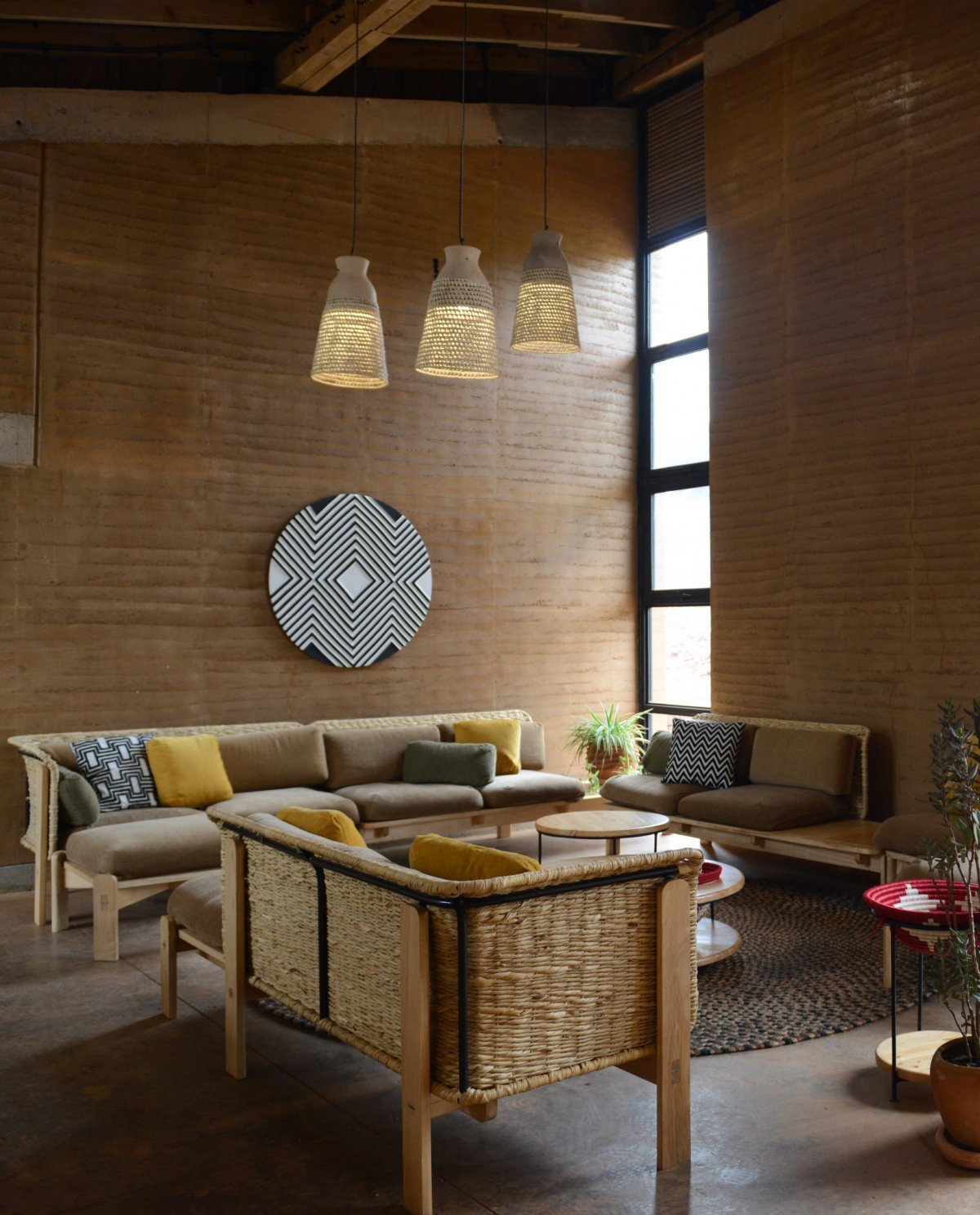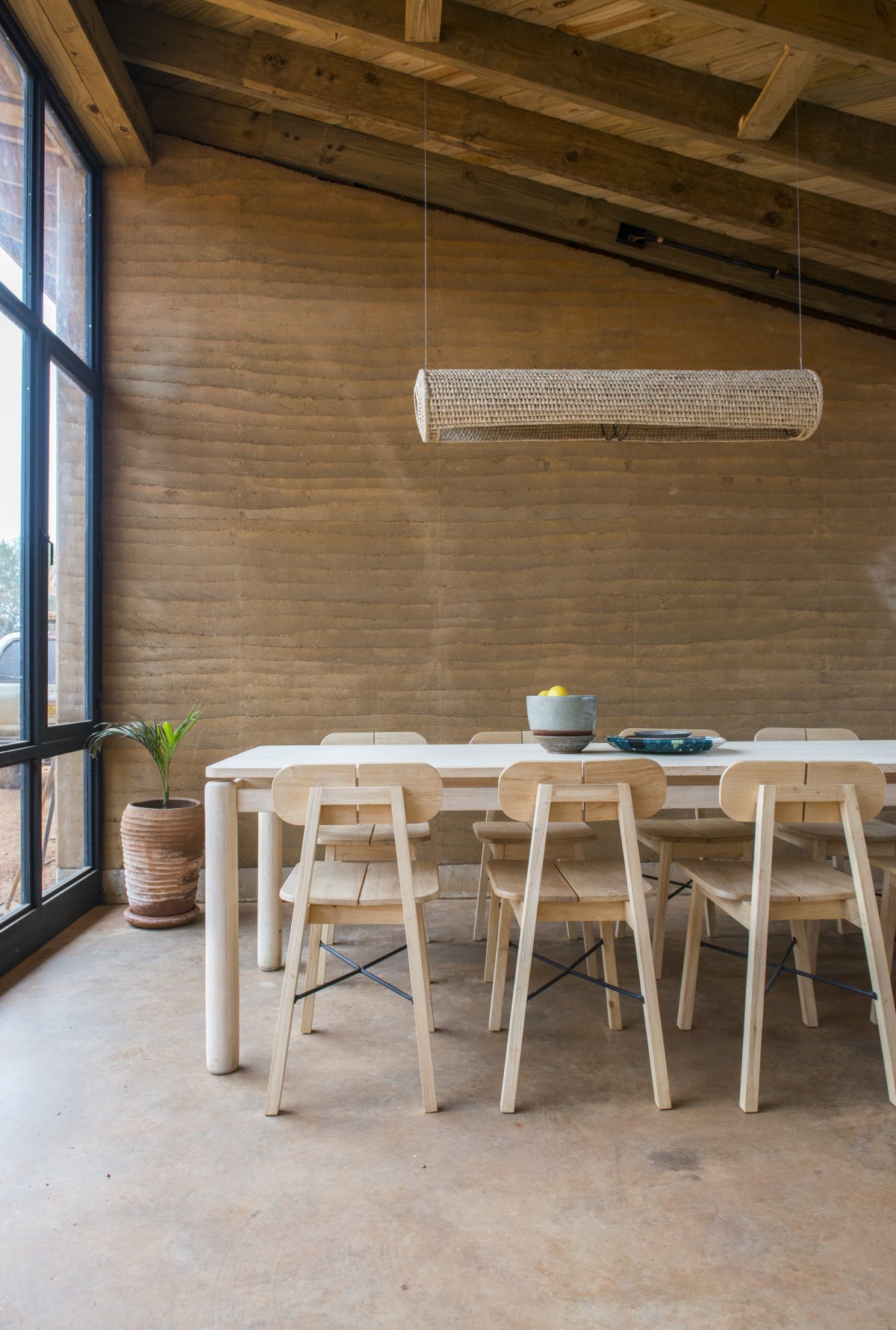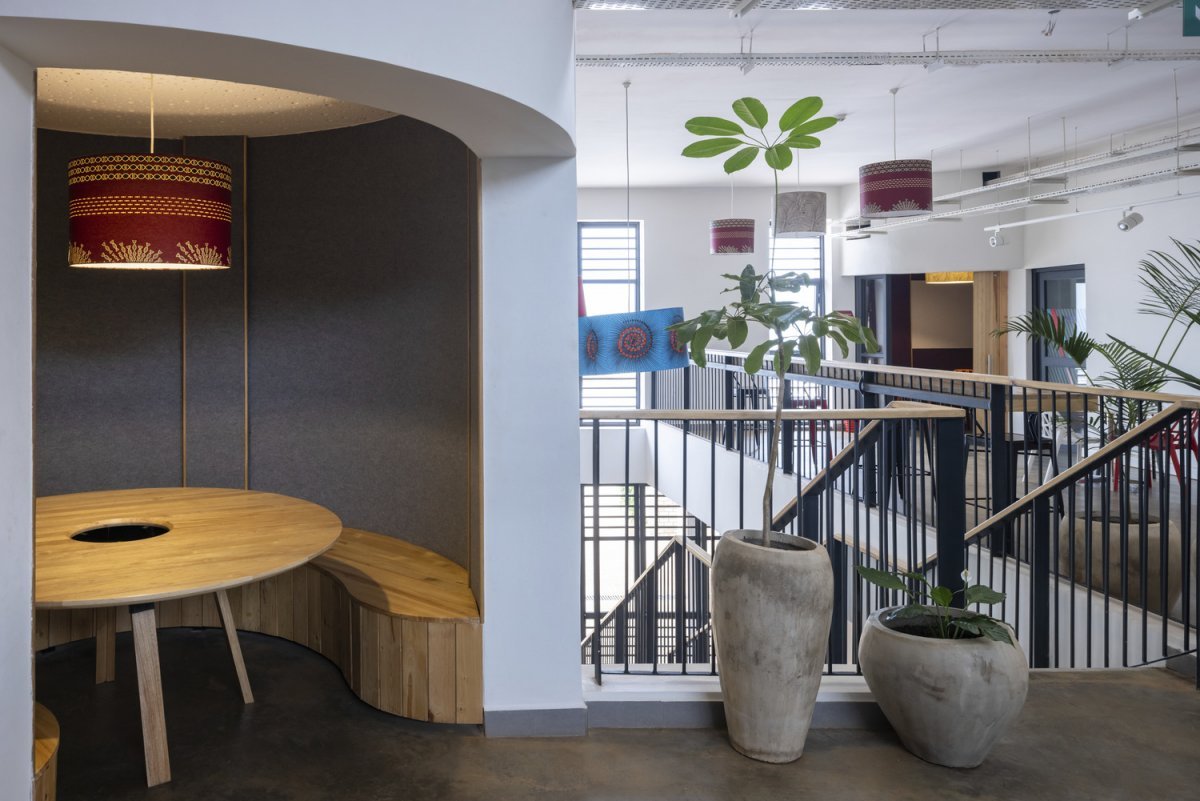MASS: The Convergence of Architecture, Health, and Local Talent for the Greater Good
Trish Feaster | The Travelphile
My husband and I were awaiting the door chimes that would signal the parade of costumed trick-or-treaters hoping for a generous offering of treats. Turns out, our neighborhood has few young ones, so our wait would be long and sporadic. To fill the time, we flipped through countless channels and settled on 60 Minutes from CBS News. There were, as usual, several compelling stories in the evening’s program, but one in particular drew me in completely and made me want to learn even more.
“The MASS Model of Community-focused Architecture” tells the story of Boston-based nonprofit MASS Design Group—Model of Architecture Serving Society. Founders Michael Murphy and Alan Ricks were still first-year architecture students at Harvard University’s Graduate School of Design when they joined the nonprofit organization Partners In Health as volunteer designers in Rwanda. Their task: to design a hospital as part of PIH’s mission to bring high-quality healthcare to the poorest regions of the world.
Murphy decided to live for a year in Butaro, Rwanda to gain a better understanding of PIH’s expectations, the specific needs of the people who would be serviced by the hospital (the spread of tuberculosis was a major concern), the local environment, and the cultural sensitivities. He and Ricks ended up taking what they learned at Harvard and melded that with what they learned by working with locals in Rwanda. It prompted them to develop an ethos for all their projects: design beautiful buildings, help as many local people as possible, source local materials and labor, and provide smart, natural air flow for a healthier environment.
Butaro District Hospital
Image | Iwan Baan, MASS Design Group
Through the creation of the Butaro District Hospital in Rwanda (the first of their more than 20 completed or in-progress projects in the country, including a cancer center, a primary school, and the University of Global Health Equity), they began a revolution in how architects, designers, engineers, builders, craftspeople, suppliers, and stakeholders interact and collaborate to make a united vision become reality. By working with and training local labor, using locally-sourced materials, and developing local supply chains to actualize their projects, they’ve developed smart templates for strengthening the native economies, fostering community, and creating spaces that benefit not only those who would use the facilities but also larger segments of the society.
It's essential to note that over the past decade, they have helped design and create (or are in the process of creating) myriad facilities. Among their projects are hospitals, maternity wards, maternal waiting homes, schools, training centers, workspaces for nonprofits and non-governmental organizations (NGOs), affordable housing projects, memorial projects, research and education facilities, healthcare centers, domestic violence shelters, affordable and mixed-income housing projects, museums, libraries, public markets, and agricultural hubs. Their creations can be found in the Democratic Republic of the Congo, Ethiopia, Haiti, Kenya, Liberia, Malawi, Tanzania, Zambia, and across the United States.
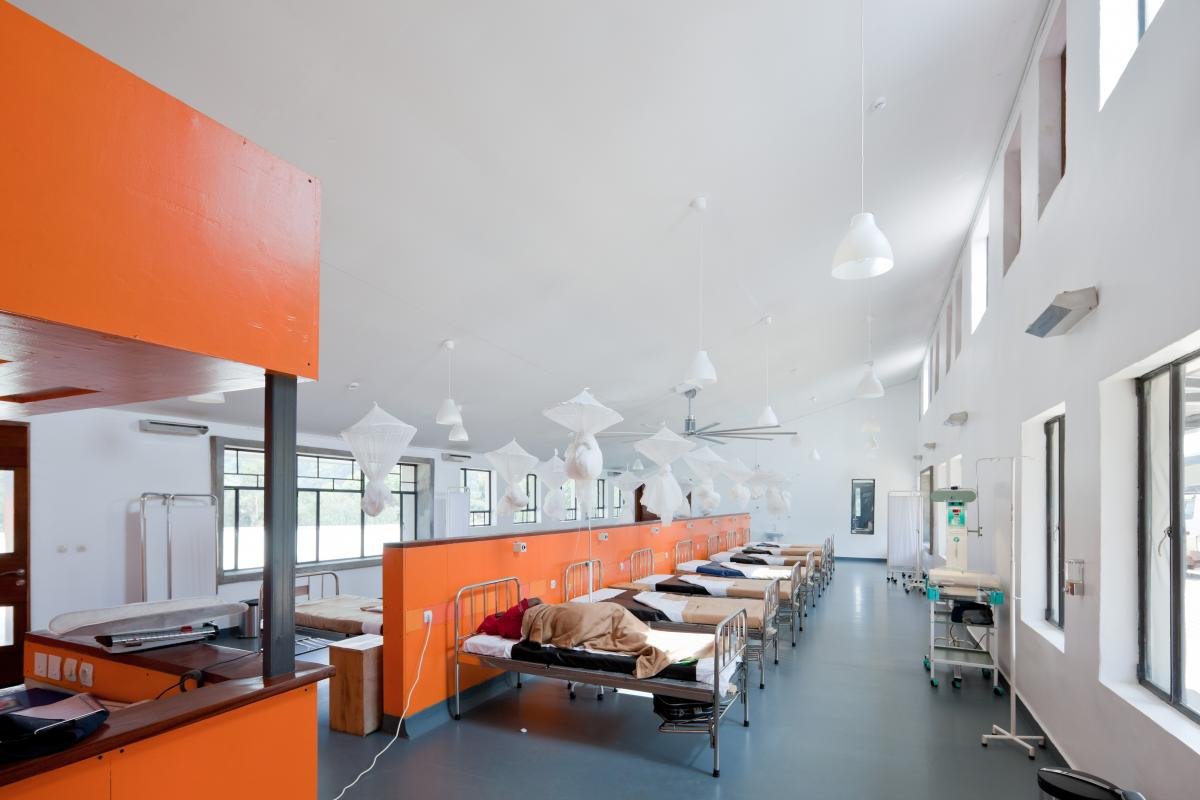
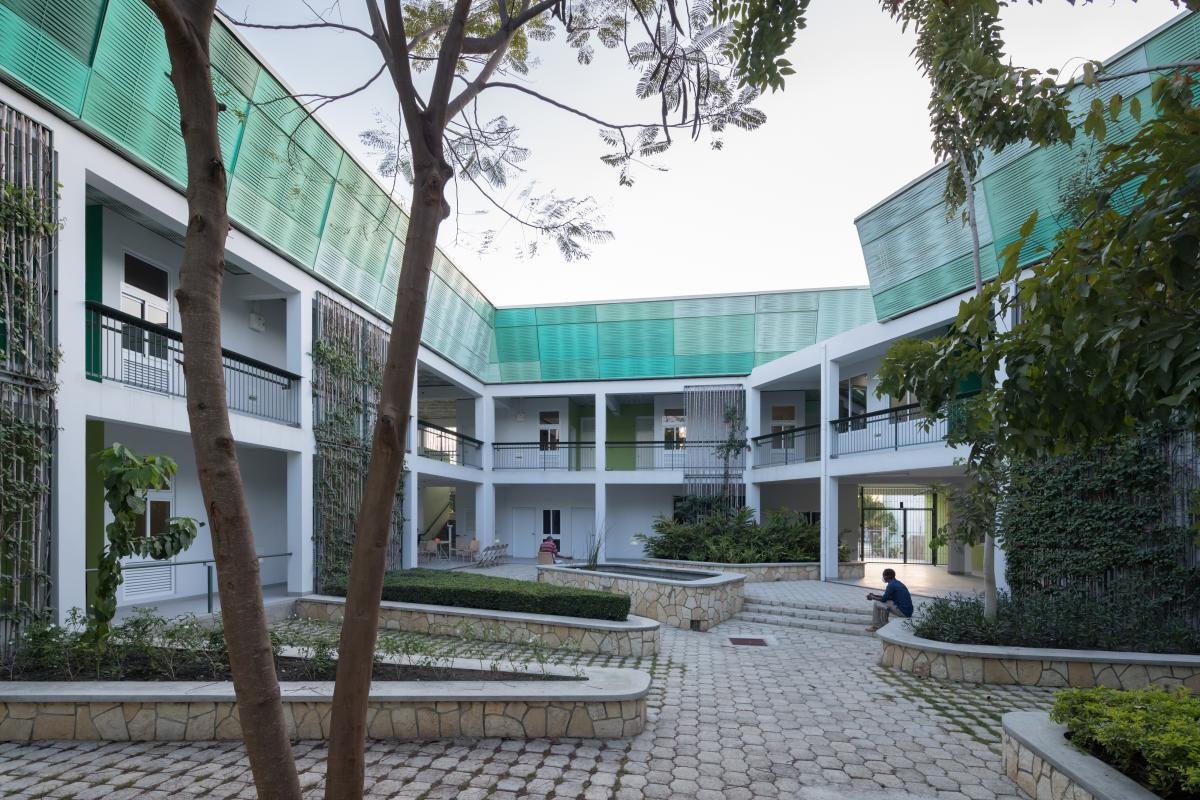
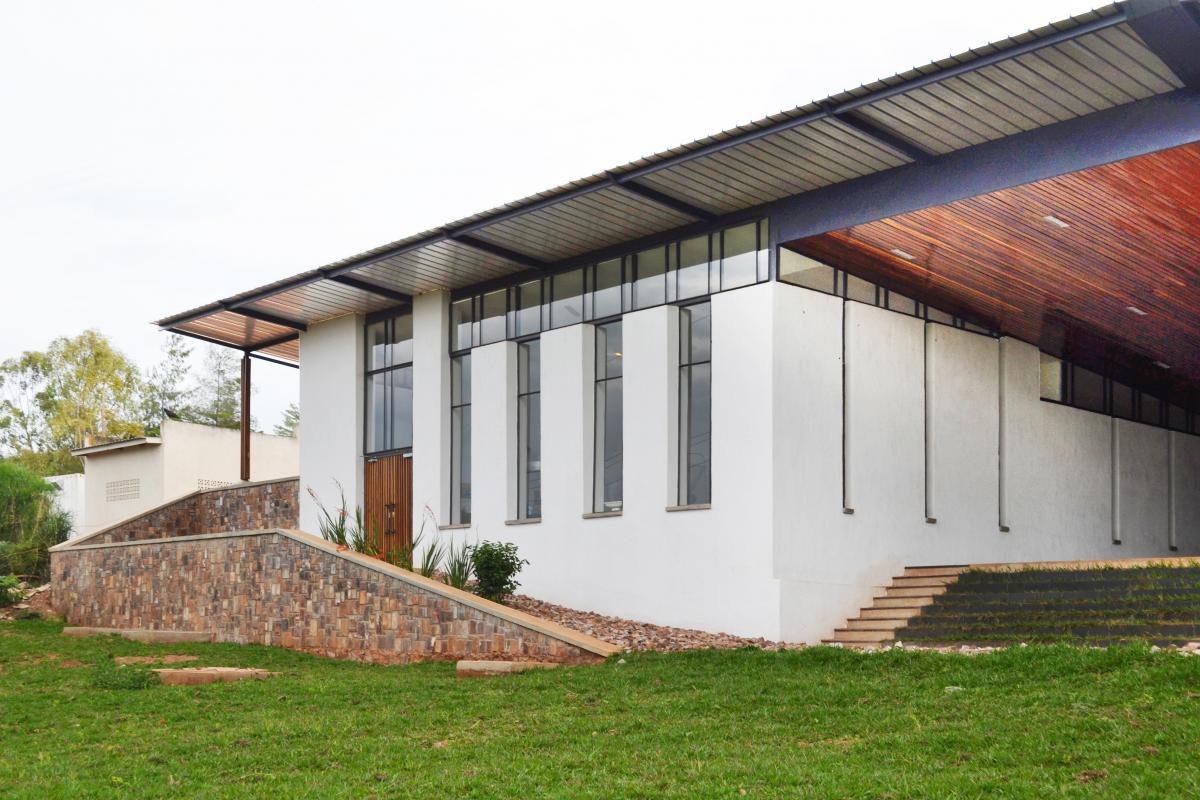
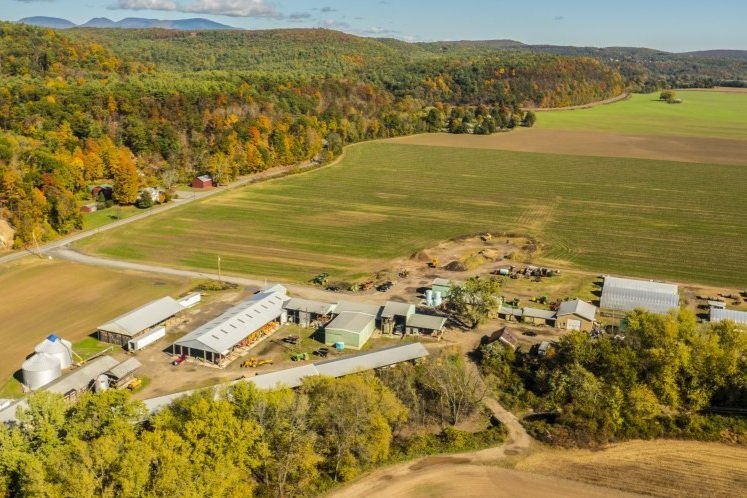
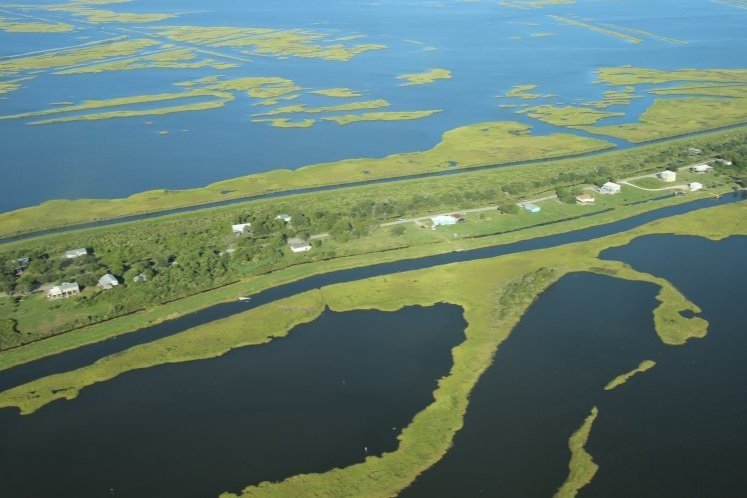
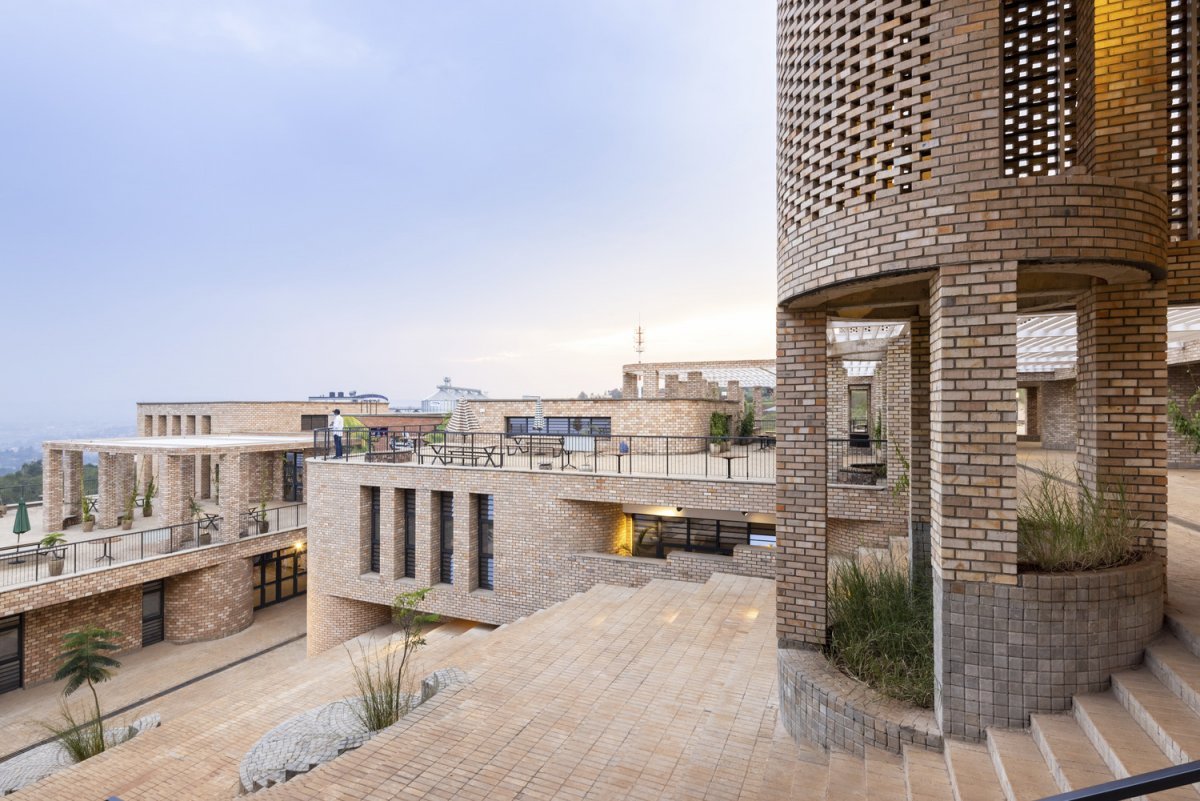
What MASS does goes so far beyond the creation of an aesthetically pleasing physical structure. Their philosophy from blueprint to finished project is about building stronger structures of community that can thrive long after the construction is done. In only ten years, they have helped start the engine on new industries, create thousands of jobs, and changed countless lives. Underscoring all of their projects is the focus on ethically contributing to the local economy and making a positive impact on the people of the area.
MASS.Build
Image | MASS Design Group
Their construction division in Rwanda, MASS.Build, is comprised of 160 full-time salaried staff, 97% of whom are Rwandan, and of that percentage, 28% are women. They also retain 2,100 contracted staffers. MASS.Made is their furniture design and fabrication arm. They have assembled a team of more than 85 local artisans, craftspeople cooperatives, and suppliers of native resources. This collaborative relies on community skills and the use of materials that are typical of the area to create sustainable furniture products for the buildings designed and built by MASS. They prioritize local craft techniques. They also encourage entrepreneurial efforts to help their collective of individuals and small businesses grow their teams and widen their reach.
And not only that—MASS works diligently to make positive impact on the environment and climate using responsible practices. Their projects “move beyond just issues of energy use and efficiency, to holistically design the project ecosystem, including an entire supply chain that is sustainable, resilient, and regenerative. We work using a One Health design strategy that produces diverse, healthy, and productive habitats for human, animal, and ecological growth.”
The impact of what they have done so far might even have farther-reaching impacts, especially in the age of the Covid pandemic. They use field research, open channels of communication with their partners, and feedback from constituent users to inform their design decisions.They are cognisant of air-flow patterns. They take advantage of natural cross-ventilation opportunities. They strategize traffic flow of people through the buildings to minimize congestion. They incorporate sufficient and easily accessible connections of the interior with the exterior, and they install non-permeable surfaces that are easy to clean. With smart design and forward thinking, they’re creating spaces that purposefully help reduce transmission of disease. By creating buildings and processes that put health, wellbeing, and environmental concerns at the forefront, they are setting new standards at a time when global, systemic changes are coming at us faster than we expect.
Architecture and the creation of goods and products can be about beauty. They can be about practicality and usage. But they can also be about facilitating progress and change across all facets of a project to create a better, healthier, more equitable world. And MASS is working to do all of that…and more.
I can’t wait to see what they come up with next.
You can catch the full 60 Minutes segment on MASS here.
Screenshot | CBS 60 Minutes
Click through to watch video.
Keep your knowledge growing:
Discover the compelling rationale behind the creation of MASS's film unit to help aid the development and promotion of their projects.
“Why architecture firm MASS Design has a film unit“| CBS 60 Minutes
To see a variety of documentaries produced by MASS about their projects, you can visit their webpage.
Read about MASS’s first ten years in their book Justice Is Beauty—a compilation of essays, conversations and photos from team members and collaborators, detailing the stories behind the organization and their projects.
And if you or someone you know might be interested in a career with MASS, check this out these opportunities.

